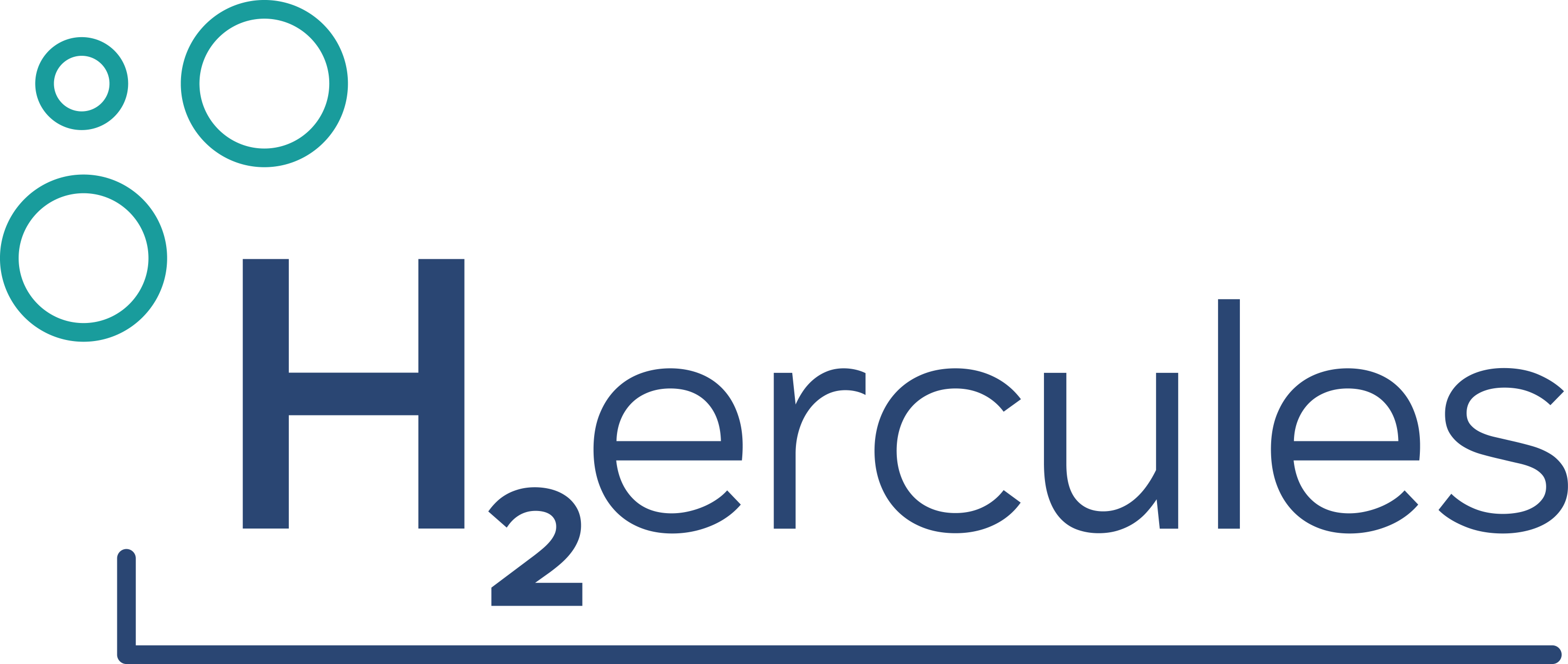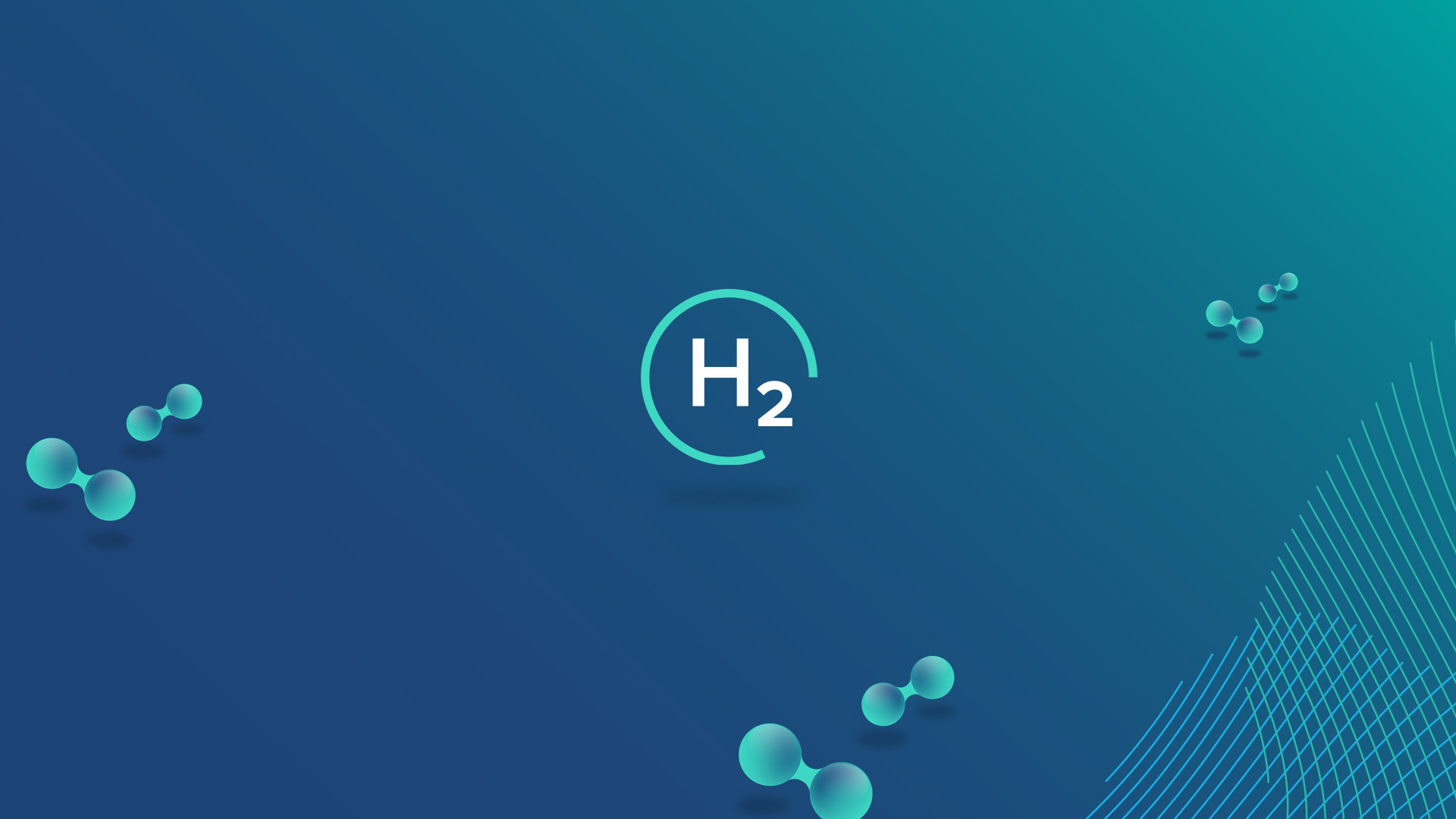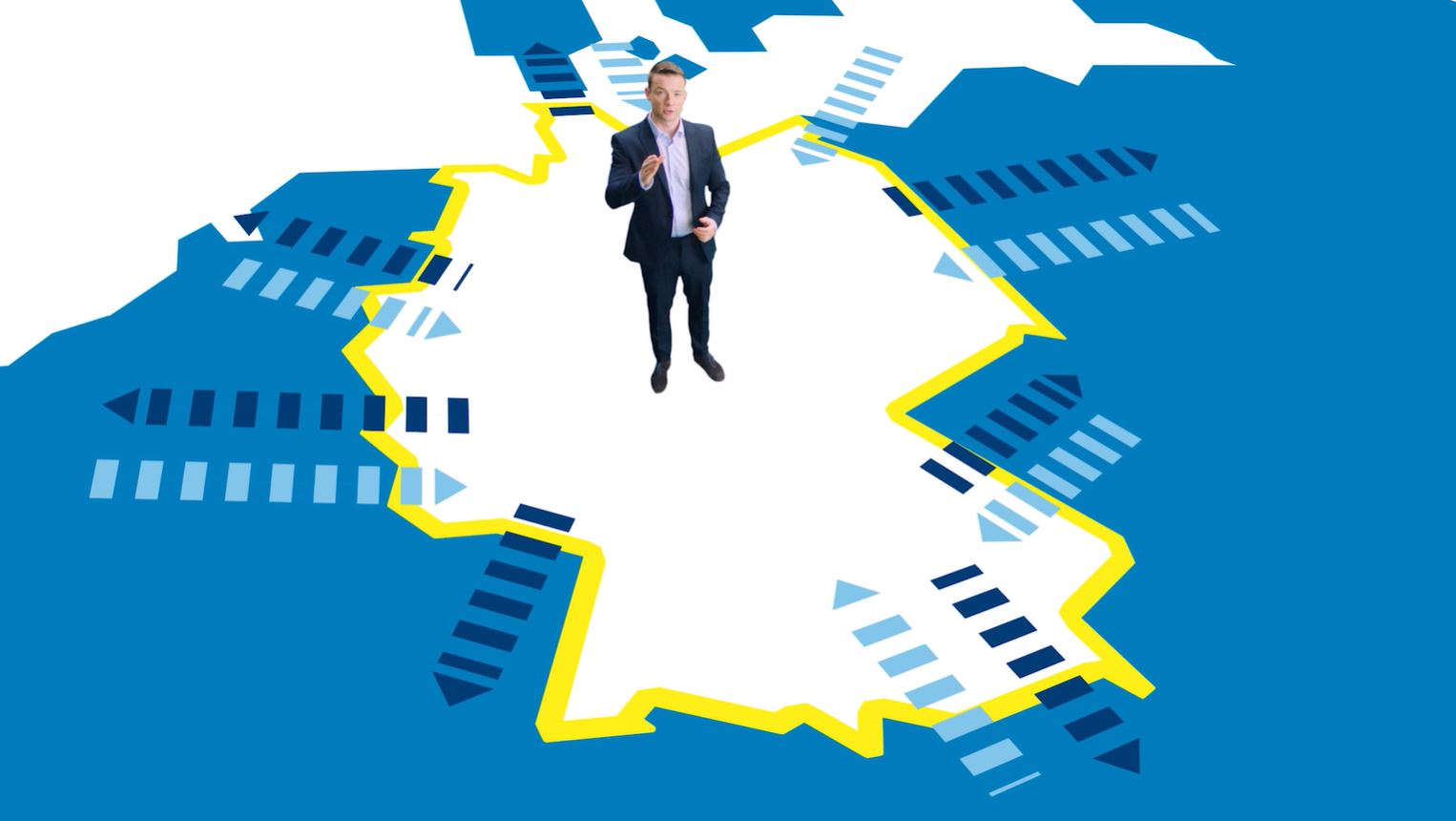Hydrogen is seen as playing a key role in the decarbonisation of energy-intensive sectors. In industrial plants, hydrogen can help to achieve a substantial reduction in carbon emissions. It could also become a sustainable and versatile fuel for the transport sector, and in the medium term it could provide fuel for heating.
Hydrogen is a natural chemical element that’s available on Earth in almost unlimited supply, it’s 14 times lighter than air, burns with no carbon emissions, does not spontaneously ignite, and is neither corrosive nor radioactive. But before we can make use of the energy this colourless and odourless gas contains, it has to be released from hydrogen-rich compounds – which requires the use of chemical, electrical, thermal or solar energy. Raw materials with an elevated hydrogen content include natural gas, biomass and water.
Green hydrogen in particular, which is obtained using electrolysers that depend on renewables, is considered a key technology for climate neutrality, and is therefore of relevance for the future.
RWE and OGE explain the world of hydrogen
H2ercules – Hydrogen along the value chain
-
H2generation (electrolysis)
- Green hydrogen is generated in electrolysers that split water molecules into hydrogen and oxygen using electricity from renewables.
- RWE is already planning to have 2 GW of electrolyser capacity in place by 2030, located mostly in Emsland, the Ruhr district, the Rhenish region, and in the northern part of the Netherlands.
- Electrolysers will be set up to meet requirements along the outlined H2 pipeline in northern Germany. As long as the necessary conditions can be achieved (permits, subsidies, additional offshore wind capacities), RWE could potentially have an additional hydrogen generation capacity of up to 1,000 MW(el) in place and in operation along the pipeline route by 2030.
- Other hydrogen generators can also be included in the process along the pipeline route.
-
H2import options
- Imports via the harbours in Lower Saxony or pipeline-based imports via neighbouring countries, which specifically include future potential projects from Norway to northern Germany, for example, will be easy to connect, and in some cases are already included in the planning.
- It will also be possible to connect other import channels for H2, using ammonia, for example, and also the direct infeed of green molecules (offshore-to-X).
- This project will also add impetus to further initiatives currently being developed for import corridors from the south-west and south-east, since the connection to potential major buyers in Germany under these initiatives is now much more tangible.
-
H2 transport
- The H2ercules network integrates the north of Germany, with its huge potential in the form of renewables and import opportunities, and also important import locations along the North Sea coast and on the borders with the Netherlands, Belgium and the Czech Republic, and links them to key centres of industry in the western and southern parts of Germany.
- The H2ercules project will be implemented in stages through to 2030, and will mainly involve converting existing natural gas pipelines owned by OGE to hydrogen, complemented by newly constructed hydrogen pipelines.
- The first section of Project H2ercules is already planned for 2028 and is intended to connect the hydrogen sources on the Lower Saxony coast with the Ruhr district via Emsland.
- Expansions to the south are then planned through to 2030, via the Rhenish region, the Rhine/Main area as far as Karlsruhe, and further east – through Bavaria as far as the Czech border.
- The transport pipelines in the H2ercules project will make it possible to reach clusters of industrial consumption with a hydrogen requirement of just under 90 TWh (as currently known, based on the latest market survey by FNB).
- The hydrogen pipelines to be converted and those being newly constructed as part of the project will become part of the nationwide hydrogen network plans in Germany. As part of the gas Network Development Plan (“NEP”) process, this will ensure compatibility with the H2 activities of the other market players and their H2 projects.
-
H2 storage
- Hydrogen makes it possible to store renewables for the long term and in large volumes, thus making a significant contribution towards security of supply in Germany. Security of supply as well as a balanced delivery of H2 enable industrial customers to take the decision of converting their processes to hydrogen.
- In addition, storages contribute significantly to the stability of the system and enable a structured hydrogen delivery to cover consumer demand.
- Immediately adjacent to the H2ercules project are a series of cavern storage systems capable of being connected to the network and having a combined energy storage capacity of about 24 TWh (projection based on existing storages).
- In detail, a hydrogen storage is planned in Gronau-Epe (RWE) with a start of the commercial operation in the beginning of 2027 (part of the GET H2 IPCEI – the funding decision of the IPCEI hydrogen and thus the final investment decision is pending and is expected in 2022/23).
-
H2 consumption (industry)
- The focus of industrial consumption is on chemical and steel industry locations as well as on refineries throughout Germany. High-volume demand is concentrated in areas such as the Ruhr district, the Frankfurt region, the Rhine-Neckar metropolitan region, and centres of consumption in the northern part of Bavaria, around Nuremberg and Ingolstadt.
- Industrial consumers have already indicated their readiness to connect to a network of this nature, or to take part in this type of project.
- According to the latest market survey by FNB, the H2ercules project will reach regions in Germany that will have a total annual hydrogen requirement of just under 90 TWh by 2030, rising to 178 TWh by 2040.
-
H2 consumption (H2 power stations)
- RWE is planning the construction of 2 GW of new, H2-ready generation capacity within easy connecting distance of the planned H2ercules project pipeline, and with the right framework conditions in place it would be possible to take the new H2-ready generation capacity to 4-5 GW.
- With an eye to the future, RWE is also planning to convert its existing gas-fired power station portfolio to run on green hydrogen.
- With the right framework conditions in place, RWE’s gas-fired power stations could be consumers of green hydrogen by 2030, and would offer guaranteed consumption.
Other hydrogen projects by the partner companies at a glance


